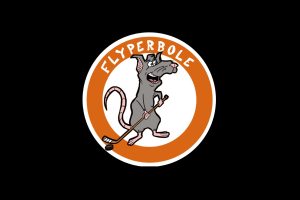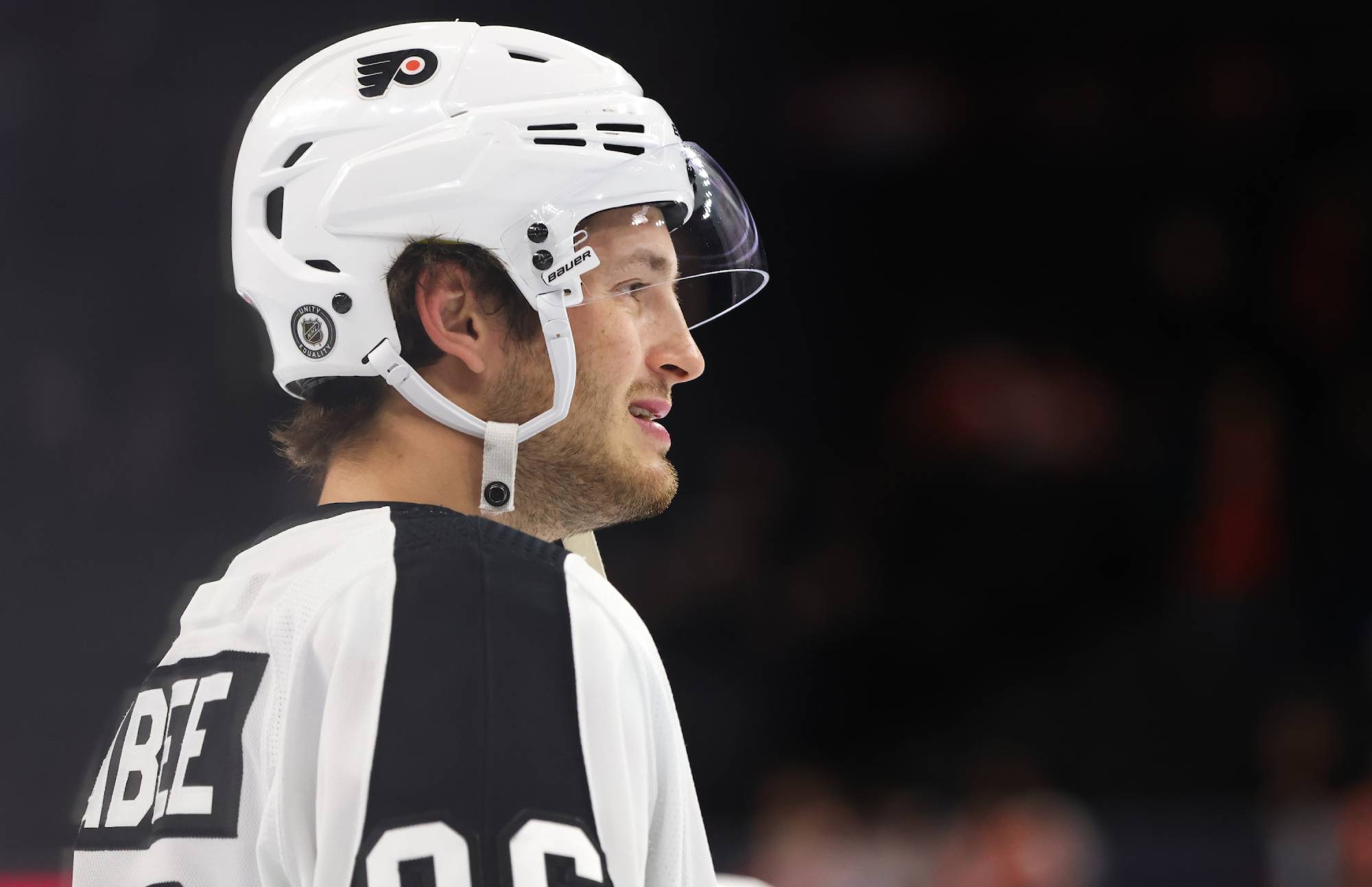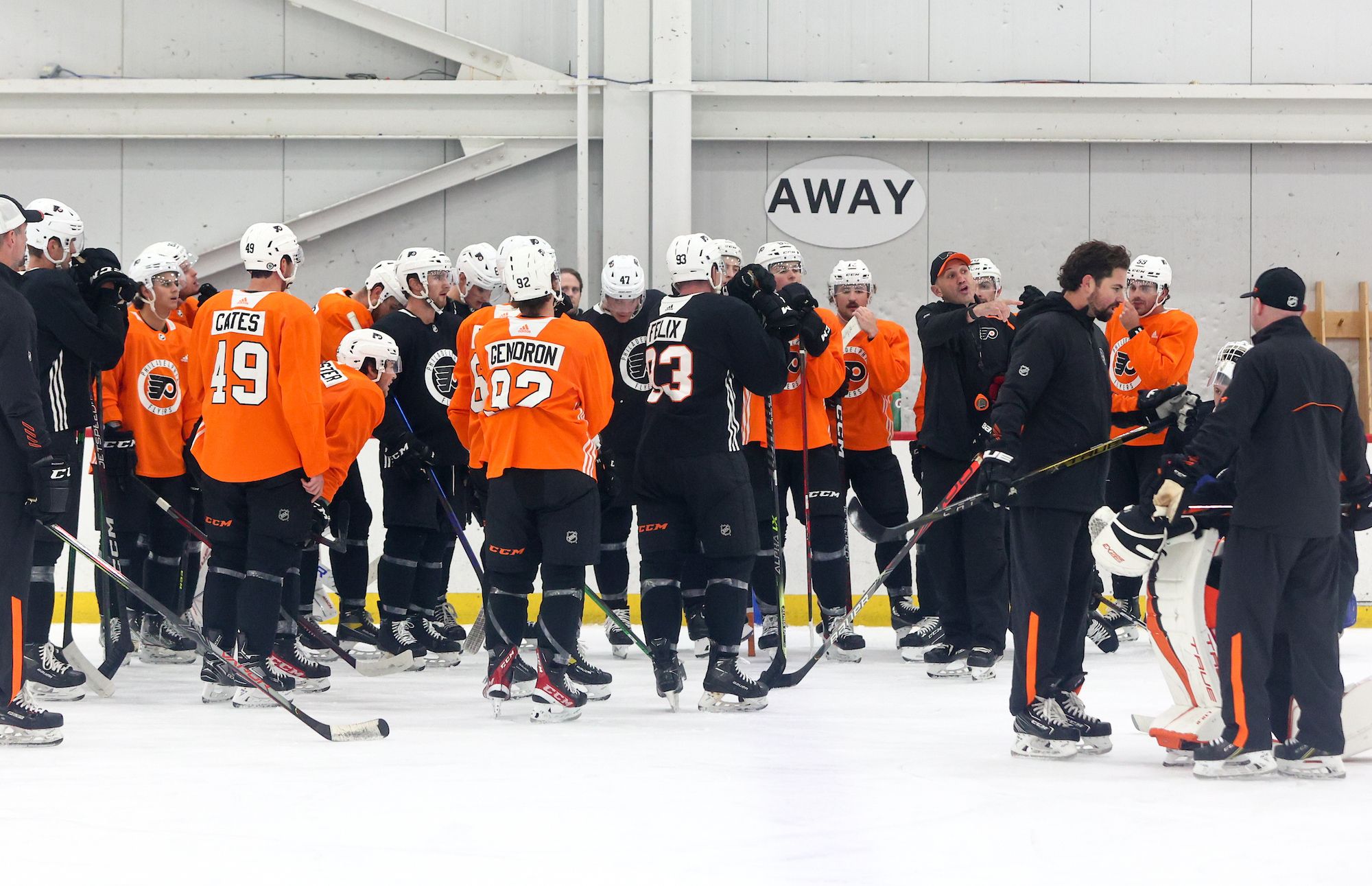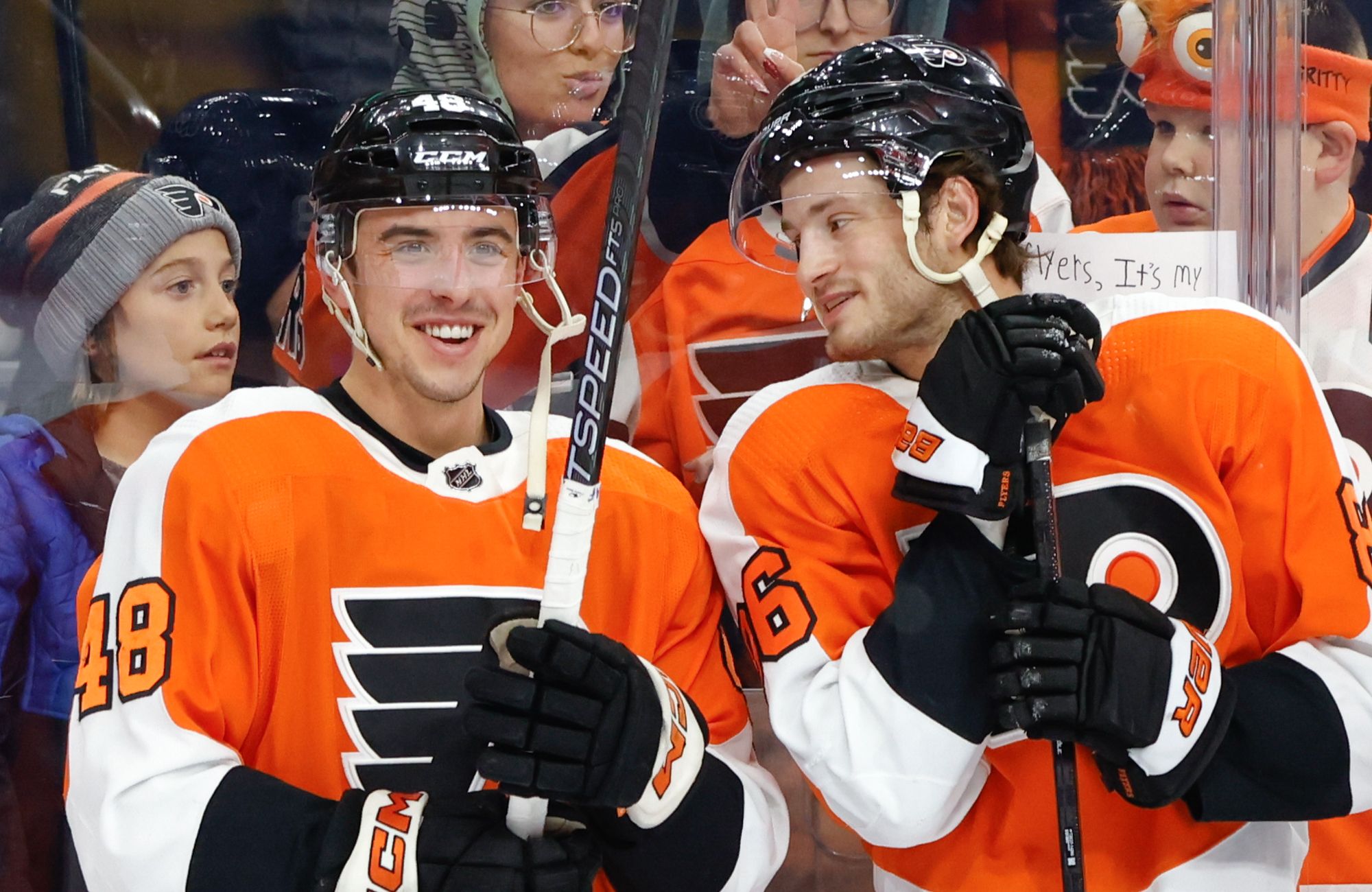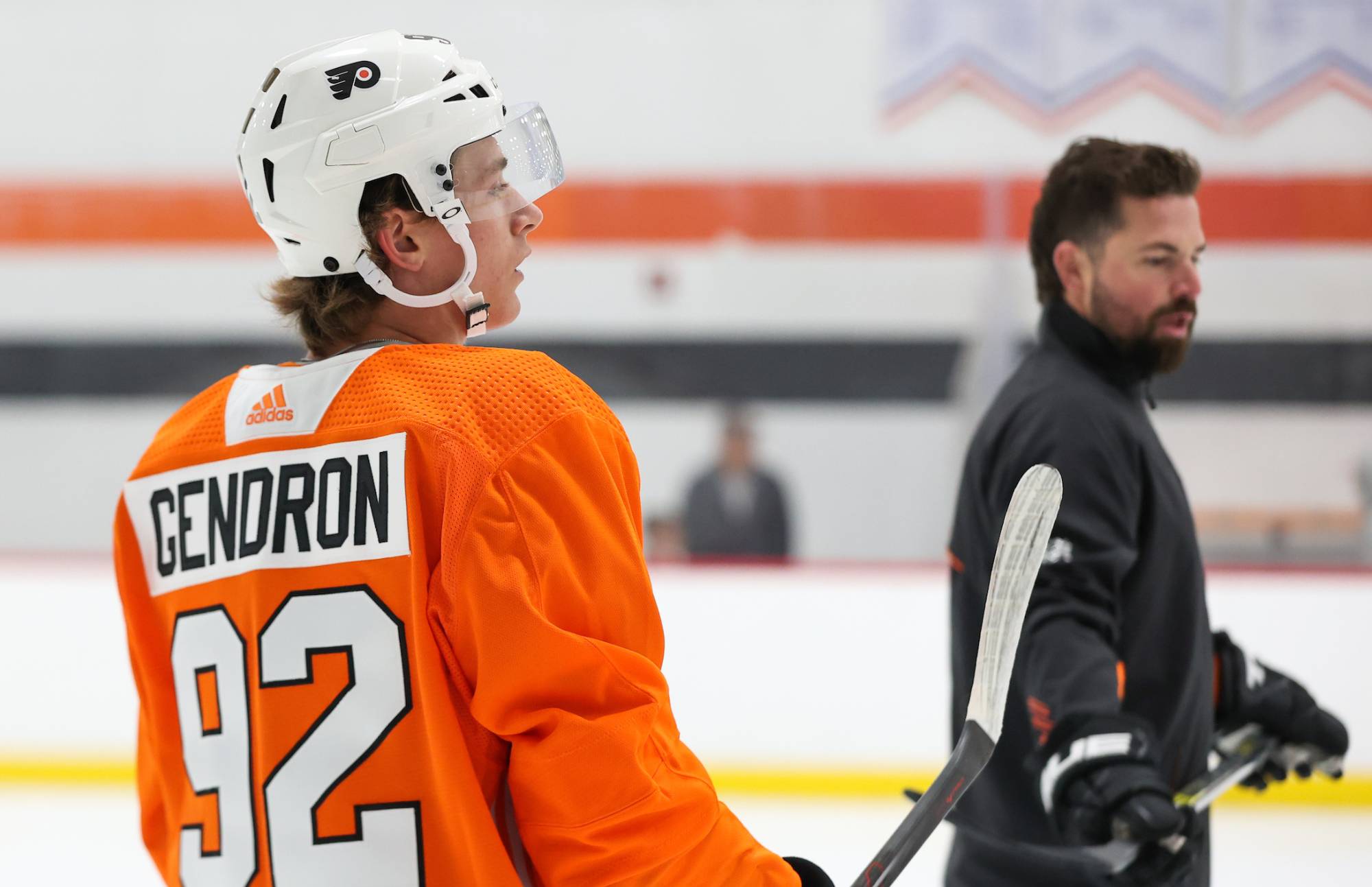Step 1, eliminating shootouts in tiebreaker situations.
Step 2, extending overtime in one way or another to make shootouts less likely?
Step 3, eliminating shootouts all together?
Check off number one on that list, as according to ESPN’s E.J. Hradek, the NHL next year will go to a convoluted system where the first tiebreaker will go to the team with the most regulation and overtime wins. Shootout wins are pushed aside. In previous years, of course, that first tiebreaker was simply the greater number of wins, whether via shootout, in regulation or in overtime.
So what difference would this rule have made on the NHL standings last season? There were three ties at the end of the season — CGY-STL, CAR-TBL and the Flyers and Canadiens. Obviously, only one of those impacted the postseason. Montreal had seven shootout wins last season while the Flyers had four.
So, besides a few potential changes in draft order (what’s a draft?), there wouldn’t be much consequence. The Flyers still would’ve taken seventh place in the East over the Canadiens.
The bigger news here is that it certainly seems like the NHL is on a path to either marginalize shootouts to the point where they’re almost never needed or perhaps even get rid of them altogether.
This slight tweak to the tiebreak system comes a few days after the NHL’s RDO camp, where a plethora of rules were tested. Several of those rules involved overtime, and each OT change was proposed with the hopes that it would make shootouts less likely.
One possible alteration would have teams switch ends after the third period and before overtime, thus forcing teams to make the long line change, which they hope would lead to more scoring chances. The other more extreme change would see overtime last nine minutes. After three minutes of four-on-four, they’d switch to three-on-three and if the score is still not decided after six minutes, they’d switch to two-on-two.
Two-on-two seems ridiculous, if you ask me. I mean, do we want to just get rid of the goalies and put trash cans in the net, too? But James Mirtle had a story earlier this week about a Junior league in Canada that already uses three-on-three OT in some situations.
On Friday, I had a great conversation on the subject with Shawn Mullin, who calls play-by-play for the Trail Smoke Eaters in the BCHL (Junior A). In that league, they’ve already adopted some 3-on-3 play in overtime, playing 4-on-4 for five minutes and then 3-on-3 for another five if the game is still scoreless.
As a result of dropping down to only six skaters on the ice, Mullin said it creates a high number off odd-man chances and scoring opportunities. Almost every single game is settled after 70 minutes of play.
So much so that there were only seven ties in 510 games played in the BCHL last season. (The league has yet to adopt the shootout.)
This sounds smart to me. Three-on-three is a lot less gimmicky than the shootout, as, you know, it actually involves playing the game of hockey. And if the NHL went to the BCHL model, it would only happen after five minutes of four-on-four OT. In other words, it would only happen if the game gets to a point where they’d go to a shootout now.
It’s possible that there would be a higher percentage of ties after the three-on-three OT in the NHL, as Mirtle mentions later in his article that the BCHL is a pretty high-scoring league. But if the NHL were to go to the BCHL system, it’s possible that we could go back to a game that includes ties. They’d be limited, but I think most diehard hockey fans can agree that some games just deserve to be tied.
This system would allow for a smart mixture of both. Three-on-three creates exciting hockey that would replace the gimmicky shootout, and those people who believe that ties should still exist in the NHL would be placated as well.




